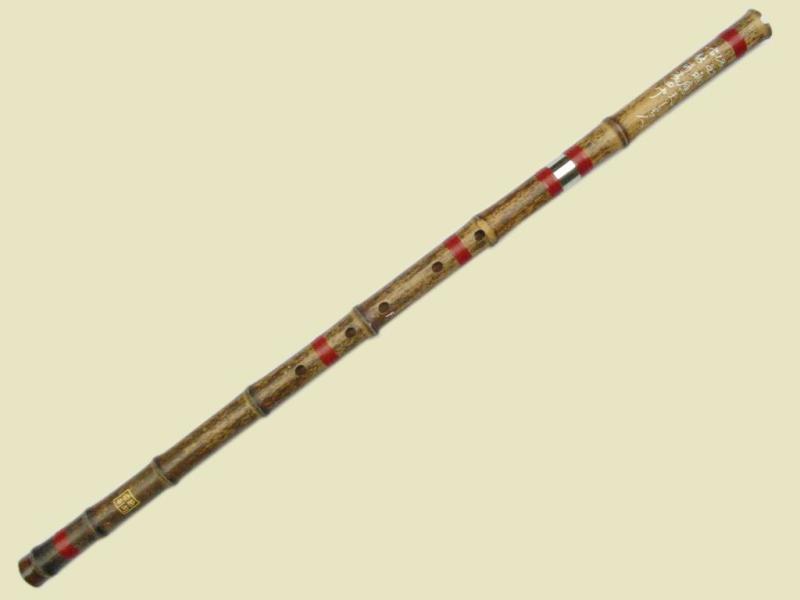The playing position of the flute
399 views · Organized by 八日蝉 on 2022-03-01
Xiao is suitable for playing long, quiet and lyrical tunes to express quiet and elegant emotions. In the ancient song "Spring River, Flowers and Moonlight Night", at the beginning, the dongxiao played a light boeing sound, which matched the drum sound simulated by the pipa, depicting the scene of the flute and drum playing on a cruise ship. Throughout the music, the flute sound was smooth and lyrical. In addition, the ensemble of qin and xiao complements each other, is euphemistic and pleasant, and can better express the profound artistic conception of the music.
The flute posture is most in line with the physiological structure of the human body, so the most basic principle of holding the flute is to maintain the natural state of the human body, so that you can quickly master the correct playing posture.

(1) Vertical
The vertical position is generally used for solo or duet performances. The arms are naturally forward, the two hands are holding the flute, the fingers are naturally bent, the chest and waist should be straight, but the chest and belly should not be raised, and the head should be forward but not leaning forward or backward. Shoulders and elbows hang naturally, avoid shrugging. When the xiao is placed on the mouth, it forms an angle of about 45 degrees with the body. Because the angle is too small, it is easy to bow the head, and if the angle is too large, it is easy to raise the neck. This is not only indecent, but also affects breathing. Stand with your legs still, feet slightly apart, and your body weight between your legs.(2) Sitting
Sitting is generally used in ensemble or accompaniment. Seated upper body is exactly the same as standing. The height of the seat should be appropriate, and one leg should not be placed on the other leg, which will not only be indecent, but also affect normal breathing. Xiaowei should not lean on his knees.The flute posture is most in line with the physiological structure of the human body, so the most basic principle of holding the flute is to maintain the natural state of the human body, so that you can quickly master the correct playing posture.
Involving musical instruments
Xiao (pinyin: xiāo), divided into dongxiao and qinxiao. And because the flute has a hole, it is different from the pan flute without a hole, so it is called "dongxiao". The xiao has a long history, the sound is round and soft, quiet and elegant, suitable for solo and ensemble. It is generally made of bamboo with blow holes at the top.
Guess you like
Organized by 没头脑 on 2022-05-31
Blowing love and blowing realm is the essence of Chinese culture. Poetry has realm, painting and calligraphy has realm, music has realm, Tai Chi has realm, meditation has realm, and flute has realm.
read >>
Organized by 赵锦辛 on 2022-05-26
Today I would like to share my recent learning to play the bamboo wind instrument: the difference between the Shakuhachi Dongxiao (Nanxiao) in playing, which is a summary of the levels of [Shakuhachi Fei (Conventional) Professional Players] and [Dongxiao Fei (Conventional) Professional Players]. make a hypothesis. I also hope that all Shakuhachi fans will verify and witness it.
read >>
Organized by CT. on 2022-05-06
Instruments required for the Suona Band: Drums, Xiao, Erhu, Pipa, Cymbals, Gongs, Bamboo Flute, etc.
read >>
Organized by 小小瞬 on 2022-03-01
The correct breathing method is very important for playing wind music. Chinese folk wind music attaches great importance to the use of "qi". Only when the breath is used properly can it be played freely for a long time. Otherwise, you will feel tired after playing for a while and may have chest tightness.
read >>
Organized by CT. on 2022-03-01
The playing technique of the Xiao is similar to that of the flute, but it is not as sensitive as the flute.
read >>
 渝公网安备 50010702504639号
渝公网安备 50010702504639号